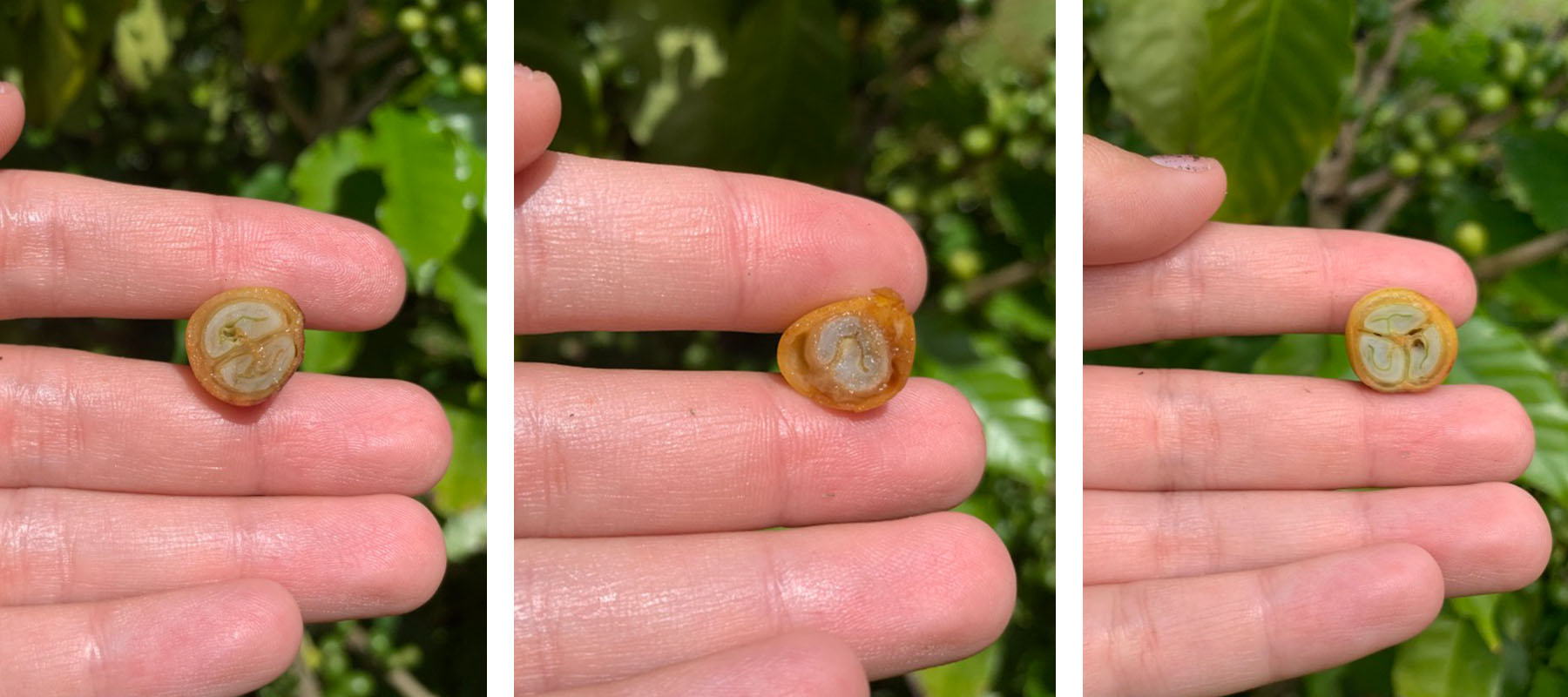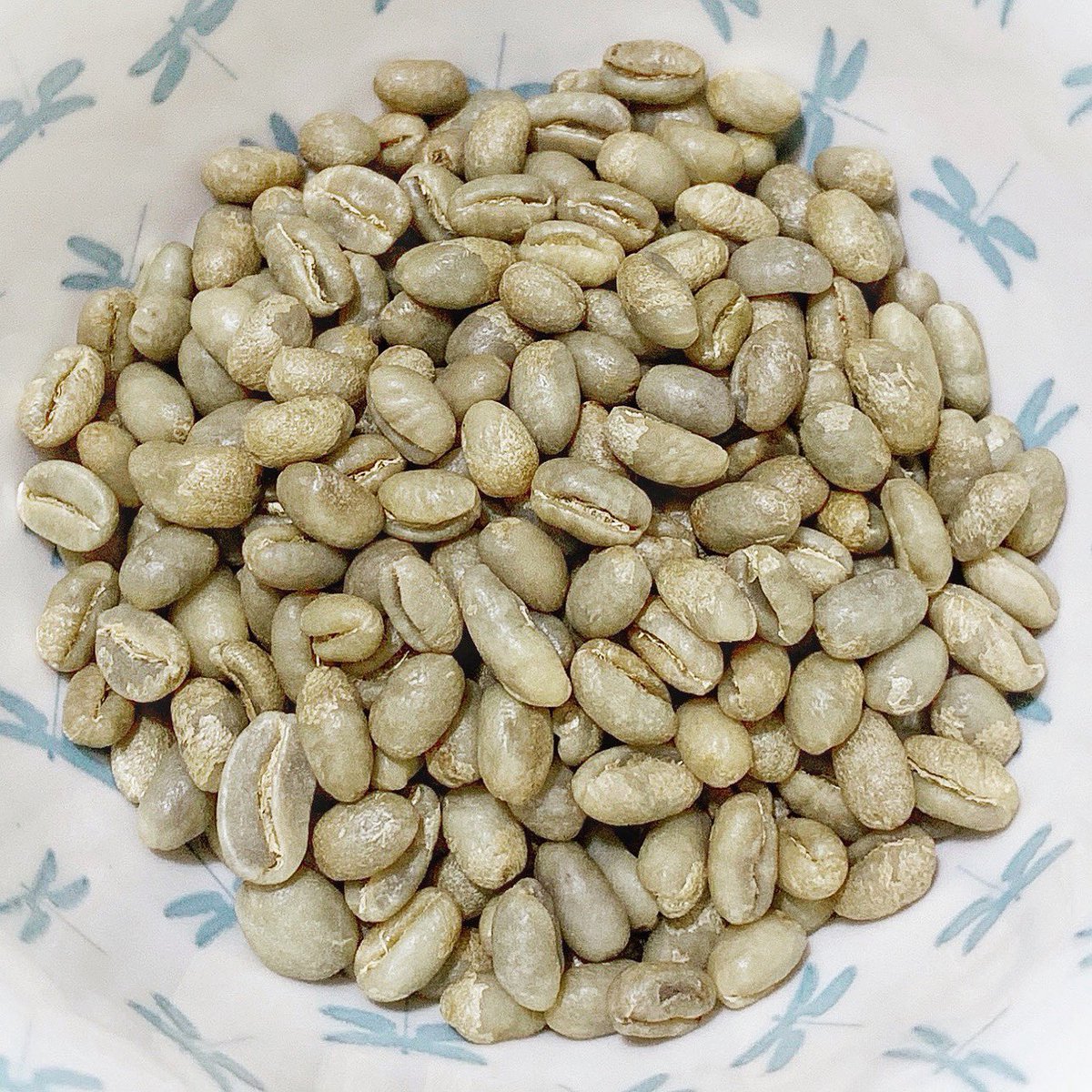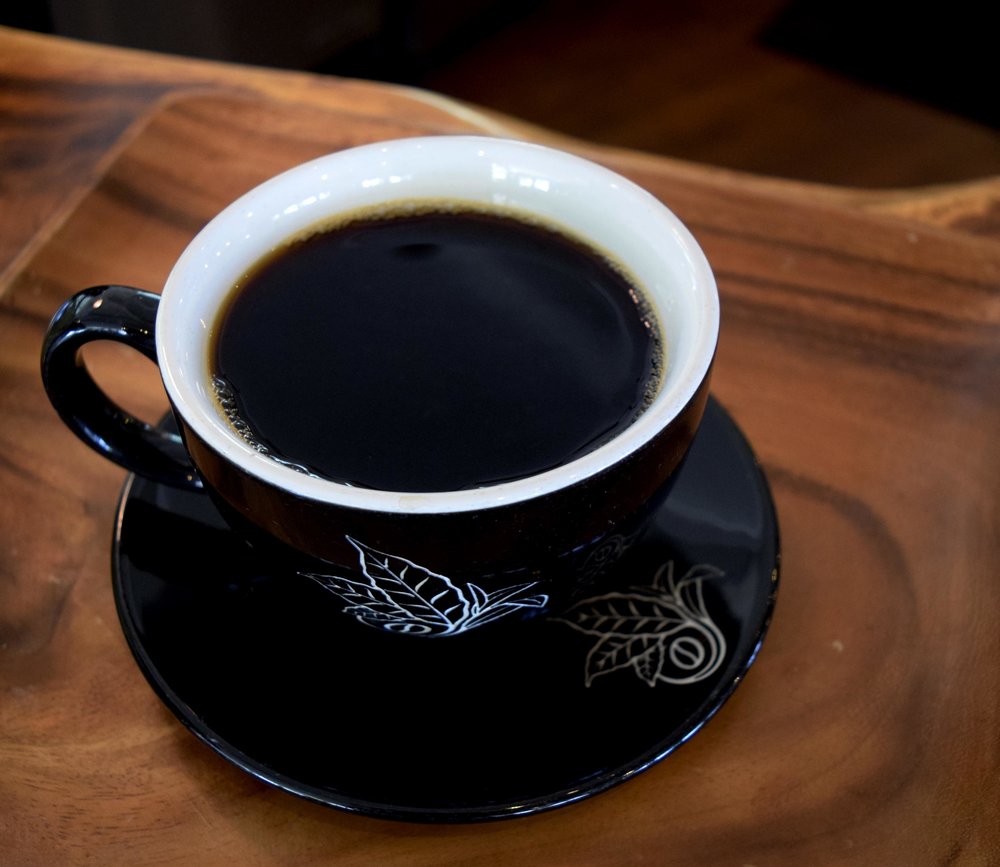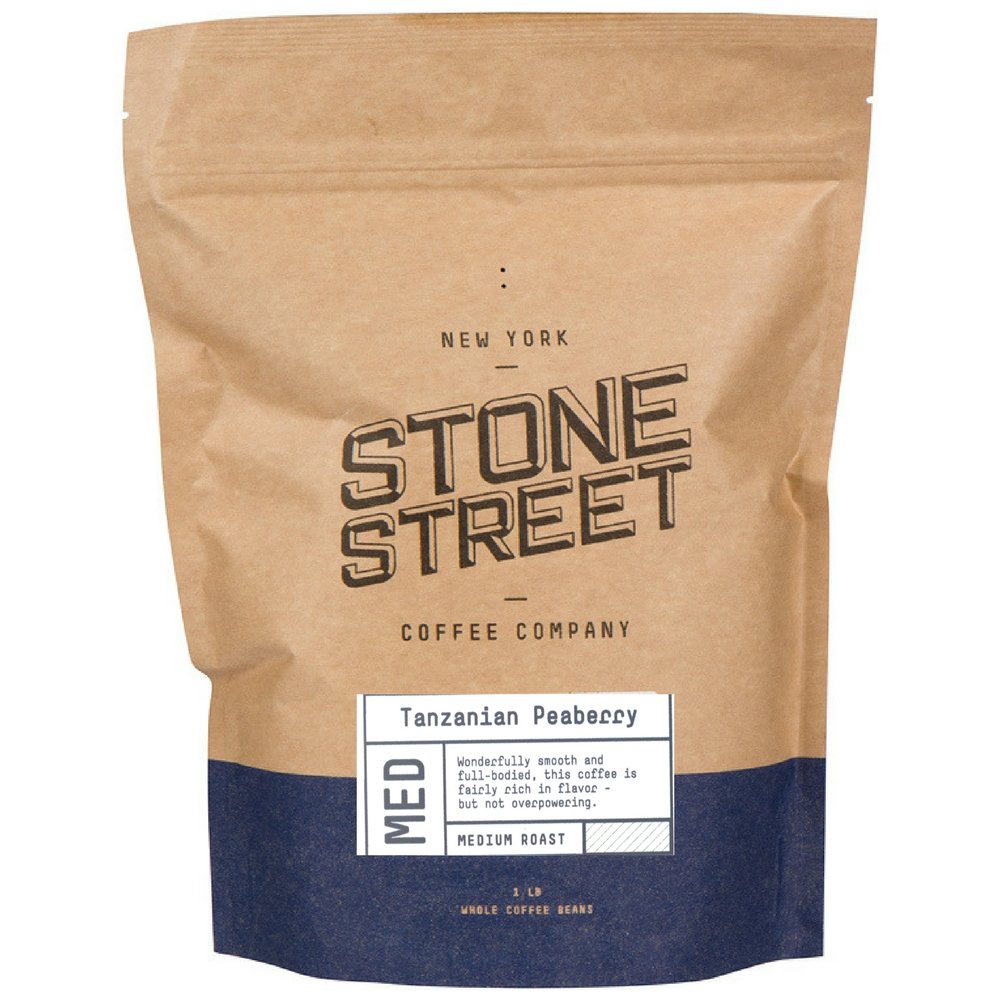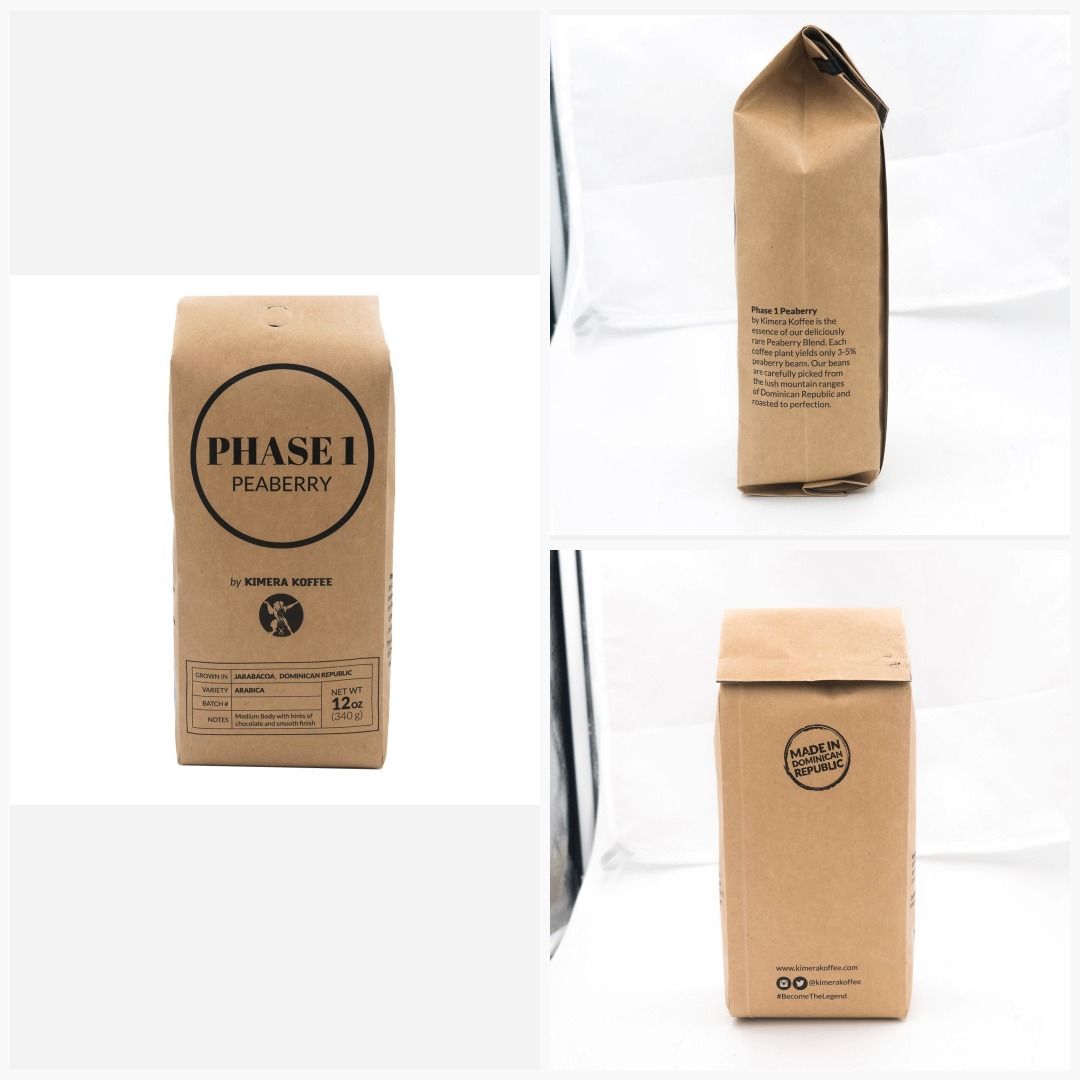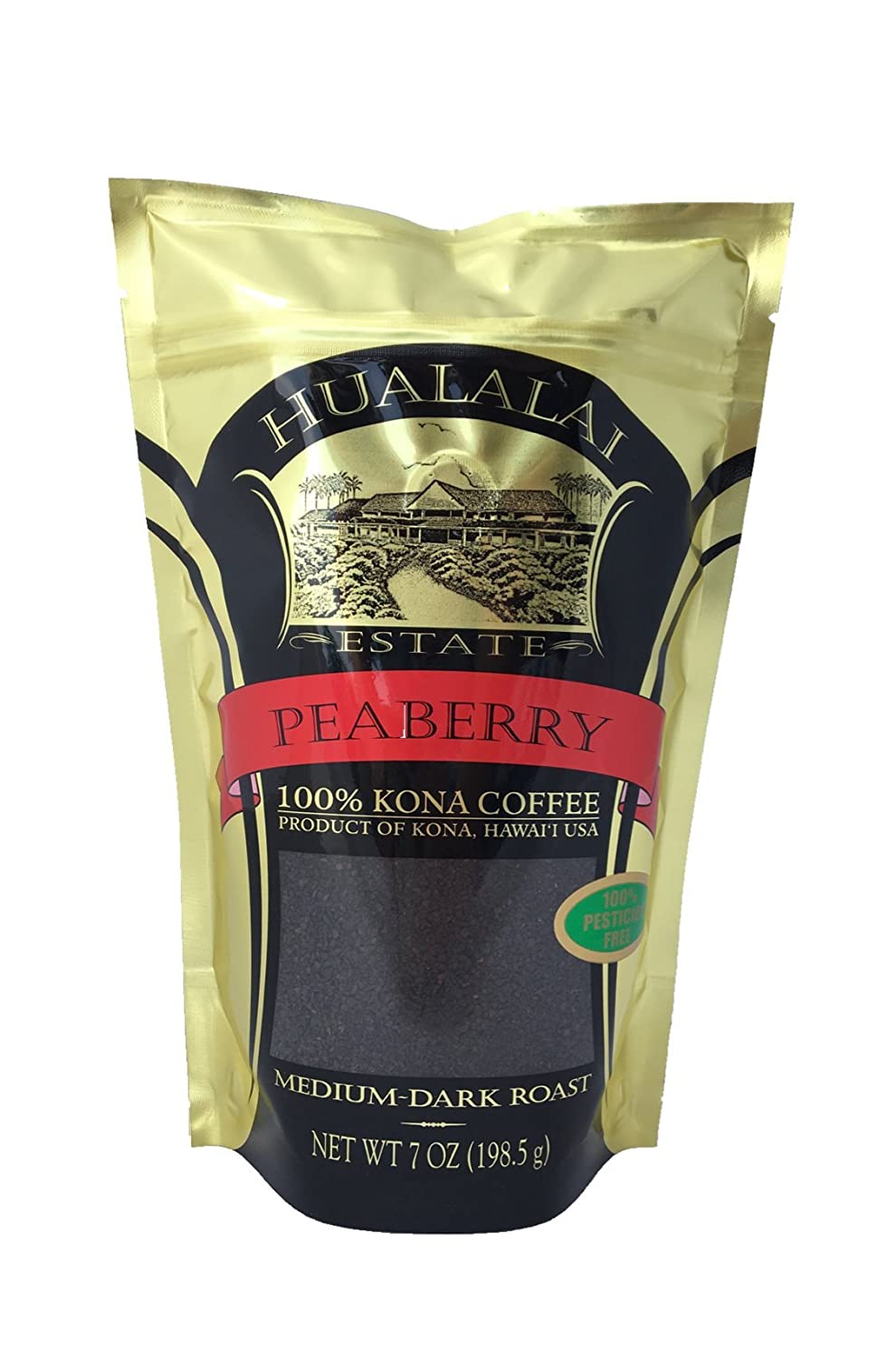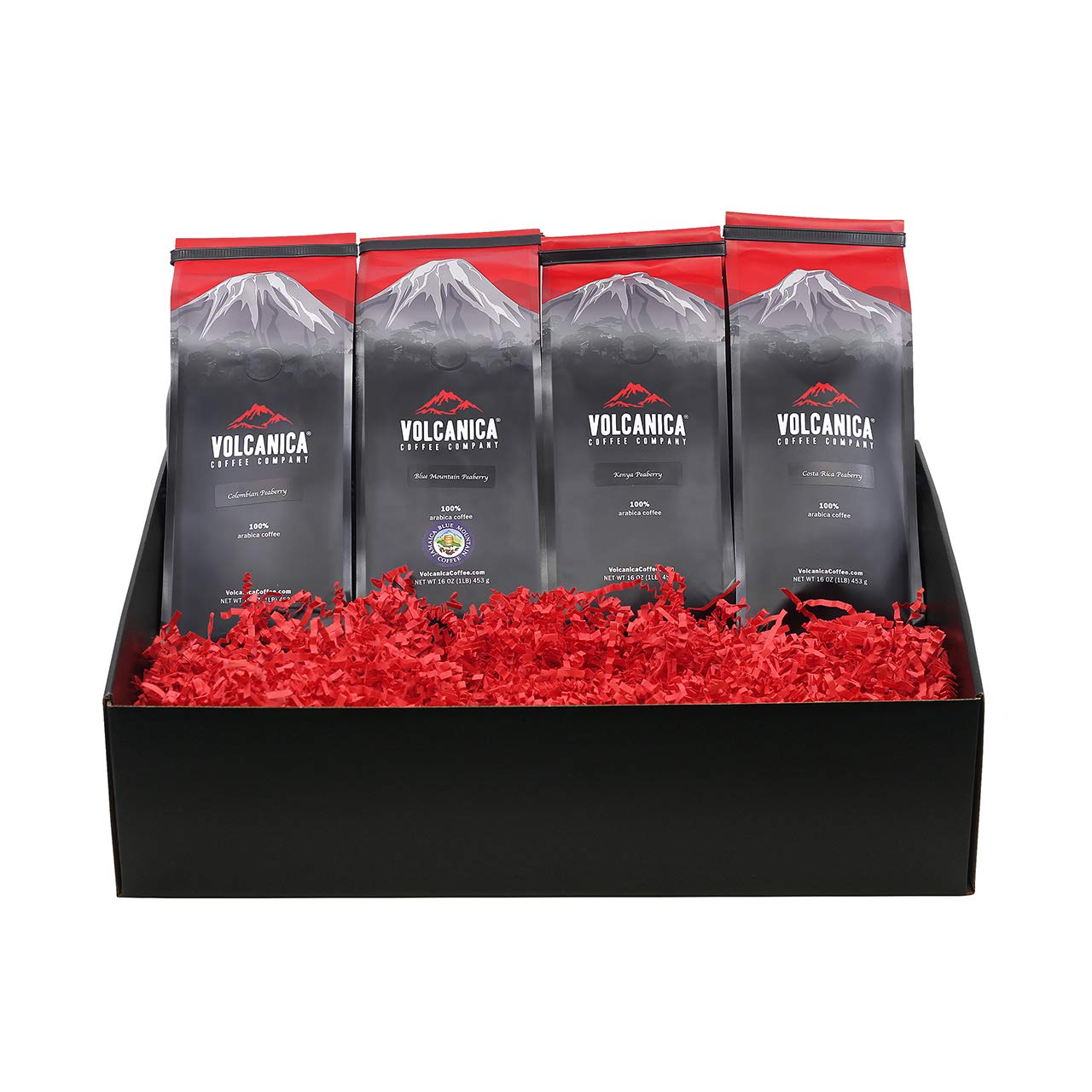Currently, peaberries are becoming a hot trend. Many roasters, baristas, and hipsters consider their beans superior compared to the regular ones. You have probably overheard peaberry coffee at your favorite cafe.
For drinkers who are new to the coffee culture, peaberries might sound intriguing. They normally start drinking a cup of instant java. Moreover, as their palates evolve, the gourmet brown potions seem to be more captivating.
As a novice in the coffee world, maybe you are wondering why peaberry can be so expensive. Here, we have gathered a lot of information about that ‘special’ bean. Read on to satisfy all your curiosities.
Contents
What is Peaberry Coffee Bean?
Before delving into peaberries, you should know how the coffee plant grows. Normally, there are two beans inside the cherry. Each of them features rounded and flat sides since they are pressed at the fruit center.
Peaberry or known as caracol in Spanish is a single bean present in the coffee cherry. It occurs because of a natural mutation in both Robusta and Arabica varieties.
Unlike flat berries, peaberry has a pea or an oval shape as it is the only one fertilized seed. Additionally, peaberries are denser and smaller than the flattened counterparts are.
About 5 to 10% of coffee plants grown will generate peaberries. They have abnormal beans. However, some people describe them as the cream of the crop.
Peaberry coffee bean itself does not relate to a certain variety or origin. The variation can be found in all farms as well as growing regions around the world, including Tanzania, Kona, Costa Rica, Kauai, Kenya, Brazil, etc.
Coffee Cherry Anatomy
To understand a peaberry even more, you must learn a bit about the anatomy of a coffee cherry. The seeds or beans are well protected by skin and fruit layers. Processing allows the producers to dry and roast them with ease.
Each coffee cherry has the outermost surface (exocarp). There are mesocarp (fruit pulp), parenchyma (slimy layer), and papery endocarp (parchment) underneath it.
Typically, two seeds are developed inside of the cherry and silver skin coat them. Since they have a flattened side and touch each other, people call them flat beans.
When an anomaly occurs, the coffee cherry only produces one, pea-shaped seed popularly known as peaberry. Another bean fails to be produced.
Some theories state that genetic defects, insufficient pollination, and environmental conditions could cause peaberries to form. Severe weather makes the nutrient journey longer and affects the growth of the coffee plant.
On rare occasions, the coffee cherry can produce three beans. They come in a triangular.
Harvesting Peaberries
Just by looking at yellow or red coffee cherries on the branches, you definitely cannot tell which ones have peaberry beans in them. From the outside, they all look the same.
The producers usually collect coffee cherries using mechanical harvesters. Once harvested as well as dried, the workers separate the peaberries from the regular seeds by hand with the help of a screen size device.
Then, the peaberries have to be roasted and bagged separately before being exported to other countries. The roasters and coffee chains normally buy them as a stand-alone product.
Furthermore, peaberries can be sold alongside regular coffee beans. The producers do this in order to reduce business costs.
Compared to normal coffee beans, the peaberry ones require the drinkers to pay a little bit more, again, because the workers must sort them by hand during the manufacturing process.
What Makes Peaberry Coffee Special
Thorough Selection
Peaberries are different from others because they have to be hand-picked. The screening process enables the workers to throw out both the inferior and elephant-sized beans. This also allows them to keep only high-quality ones.
The 100% peaberry coffee blends are claimed to have a unique flavor profile and slightly different characteristics than the regular beans. Additionally, the extra labor that goes into the sorting process increases the customer price.
Moreover, selective sorting and exclusive roasting hike up the business cost of the peaberry coffee in the long term. Even though the item is pricey, many end users do not mind spending their money on it.
Separate Roasting
Since peaberries are the single seeds of coffee cherries, normally they are much denser, smaller, and rounder than the normal beans. These qualities make the roasting process much easier.
Furthermore, unlike two-seeded cherries, peaberries develop an even flavor profile. The greater density boosts their quality and increases heat transfer.
Compared to regular beans, peaberries can roast more evenly, thanks to the round shape. They easily roll in the coffee roaster without being hindered by the flat surface.
Taste
Some coffee connoisseur and peaberry fans think that peaberries have a better taste because the single seed gets all the cherry nutrients. Since the bean does not need to share with another, it is sweeter and contains more caffeine.
Most coffee addicts say peaberries are slightly different in terms of bitterness, aroma, acidity, body, and finish characteristics. They will probably tell you that those ‘abnormal’ beans make juicier and brighter brew.
On the other hand, skeptical drinkers state that the peaberry coffee industry is simply a hoax and customers only pay for exclusive sorting. Just because peaberries are sold at premium prices, does not mean they have a higher score.
According to them, some of the peaberries taste wonderful just like two-seeded cherries and some can be dull or average. Since the mutation happens naturally, there are no specific differences.
You can find some flavor profile variation between flat berry and peaberry coffee blends. Unfortunately, this does not tend towards consistent taste.
People might only say peaberries are richer and brighter than their flat cousins are. In fact, this is just a vague assertion. There is no notable trend for sure.
When it comes to java, the things that significantly affect the coffee taste profile are freshness, climate, bean type, origin, growing altitude, and brewing method. For you who have a specific preference, try peaberry variety.
Best Peaberry Coffee Beans to Purchase
After reading the factors that make peaberry coffee high-priced, you definitely want to taste the item yourself to know whether it is worth the money and hype or not.
Here, we have rounded up some peaberry coffee brands. They source the beans from various growing regions. Be sure you pick the one that fits your personal preference since the stuff is a hefty investment.
In case you have no idea about regional coffee, no worries. The African beans are famous for their light roast and fruity notes.
Moreover, the coffee blends from Central and South America regions are medium roast. They also offer a balanced cup.
Stone Street Coffee Company Tanzania Peaberry Coffee
This Tanzania peaberry features Arabica beans. It has a full body with an intense flavor profile. Speaking of the acidity, the coffee is less acidic than its Kenyan counterpart is.
Furthermore, this peaberry from Tanzania will certainly brew a perfectly crisp cup due to its light roast. For your information, Stone Street is a Brooklyn-based micro-roastery. They only sell
high-quality coffee beans. It sounds great, right?
Kimera Koffee Phase 1 Peaberry Coffee
These peaberry coffee beans by Kimera Koffee are both harvested and hand-sorted in the Dominican Republic. Although they are dark roast, you still can get their sweet-honey flavor with notes of floral.
Not only are the beans certified organic, but also grown by the family-run estate coffee plantation. The high planting altitude causes them to make a bold, complex brew.
Kimera Koffee states that this peaberry coffee will offer a smoother cup and higher caffeine kick than the flat berry version. If you are curious about how the product turns out, just buy it.
Peaberry Coffee Kona by Hualalai Estate
For you who are looking to enjoy a cup of gourmet joe, consider buying this ground Kona Peaberry. Arguably, it is the most luxurious and magnificent coffee in the world. The price itself is about $35 per 7 ounces.
This peaberry coffee ensures you a unique taste. Compared to the previous options, it includes slightly more spice.
In case you have trouble with high acidity, this ground coffee is a good bet. It is not only easy on the stomach but also provides cocoa chocolate and lemon notes as well as a cedar hint.
Volcanica Brazil Peaberry Coffee
Another peaberry coffee that boasts 100% Arabica beans. They are sourced from the Santana estate, Brazil. The product itself claims to have a rich body with a strong aroma and smooth flavor.
The coffee delivers a sweet hazelnutty note with raspberry hints. Since the beans are medium roasted, they let you enjoy a perfectly balanced cup. Once orders are made, Volcanica pack and seal them immediately to assure their freshness.
Peaberry Costa Rica by Volcanica
This Volcanica Costa Rican peaberry coffee is definitely worth to buy. The beans are harvested and handpicked in the Tres Rios region.
Furthermore, their medium roast beans allow you to have a balanced brew. They also boast a bold fruit flavor with mildly sweet citrus notes.
In short, peaberries are different from other beans. However, they are not necessarily greater quality. If you have never tried out peaberry coffee before, give that specialty joe a chance.

